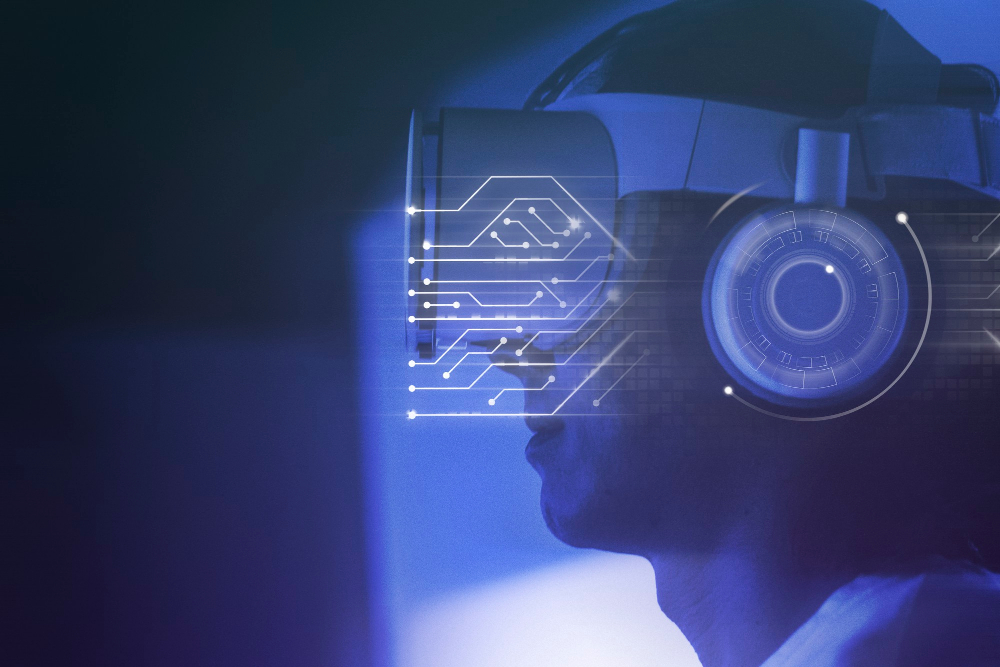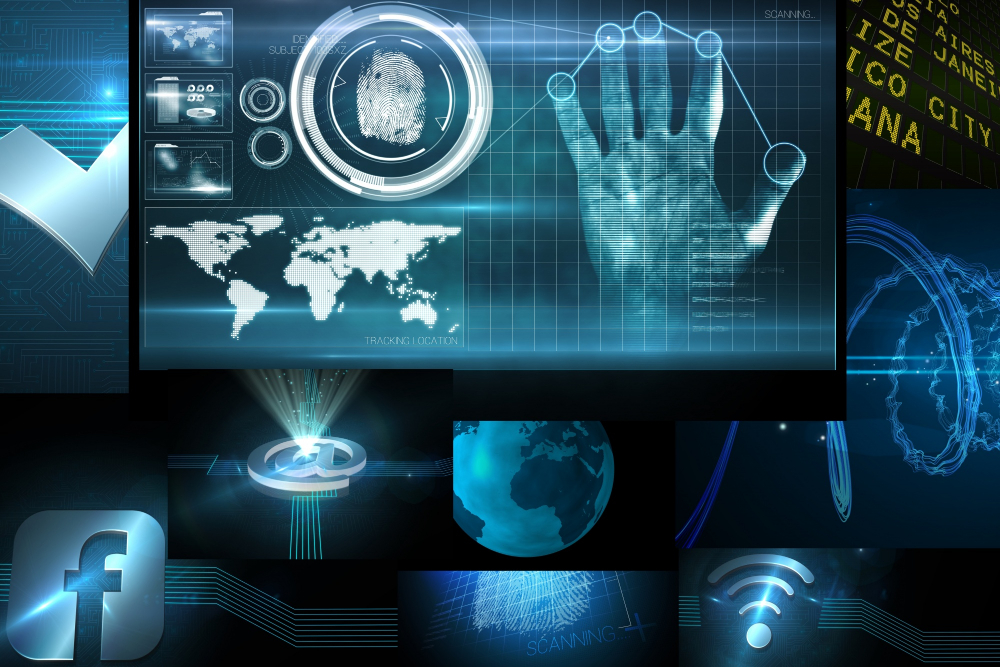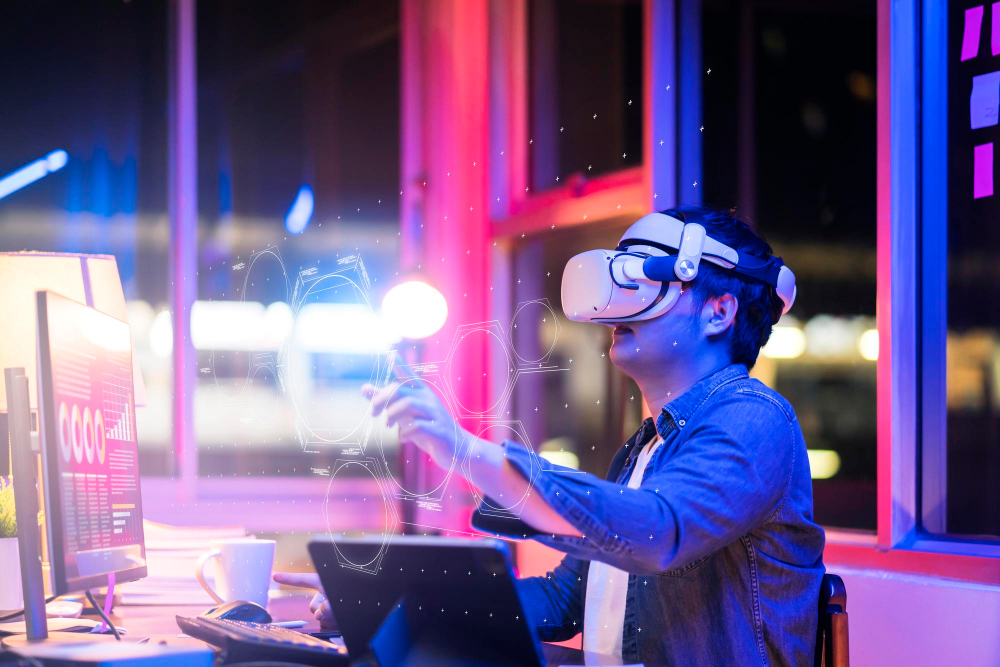Digital visual culture uses digital technology to create, manipulate, and distribute visual content. This includes digital photography, video, 3D animation, and graphic design. Digital visual culture is a rapidly growing phenomenon that has profoundly impacted how people consume and create visual content.
The rise of mobile devices and social media platforms has enabled people to access and share visual content more efficiently than ever before. This has increased the amount of visual content being created, transferred, and consumed. The widespread availability of digital cameras, editing software, and online sharing platforms has made it easier for people to create and share visual content.
Digital visual culture has also had an impact on traditional art forms. Many traditional art forms, such as painting and sculpture, have been adapted to the digital medium. Digital artists can use digital tools to create more dynamic, interactive, and expressive works than traditional art forms.
Digital visual culture has also had a significant impact on advertising and marketing. Companies can now create visually appealing and engaging content that can be quickly and easily shared across multiple platforms. This allows businesses to reach a wider audience and increase the visibility of their products and services.
Digital visual culture is rapidly changing how people consume and create visual content. It has enabled people to access and share visual content more efficiently than ever. It has also significantly impacted traditional art forms and how businesses market their products and services.




